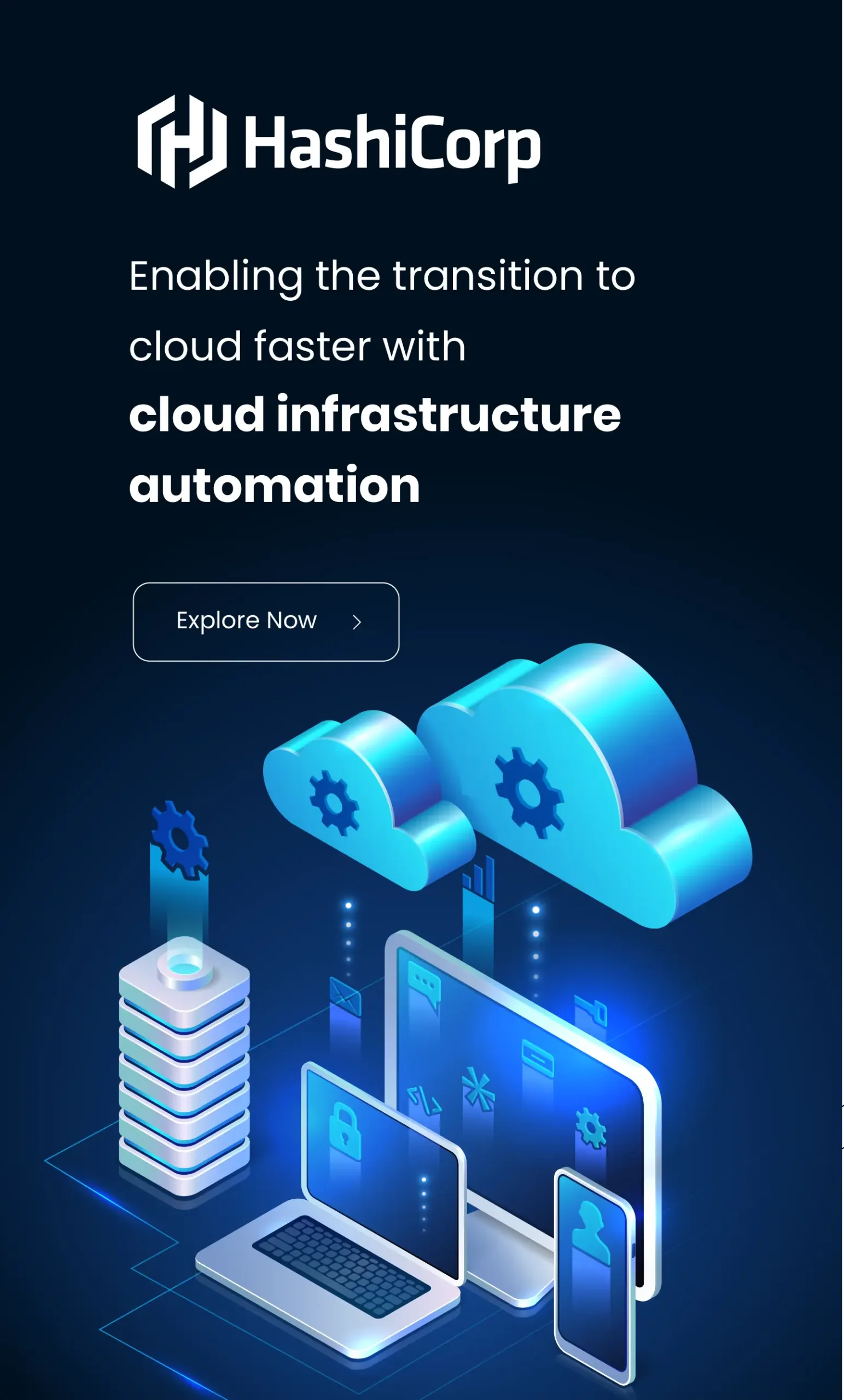Blog and News

Telecom Network Security: Protecting Data from Cyber Threats
Telecommunications are part of everyday life, particularly in exchanging information across the globe. For example, every time you make a phone call, send a text message or browse the internet, you’re utilizing the infrastructure and services provided by telecommunication companies. This constant connectivity makes telecom networks a prime target for cybercriminals. As the backbone of modern communication, the security for telecommunication networks is crucial not just to protect individual users but also to the stability of the entire infrastructure. Let’s delve deeper into the meaning of telecom network security and best practices to safeguard the telecom networks from malicious attacks.
What is Telecom Network Security?
Telecom network security refers to various measures and technologies designed to protect telecommunication networks from unauthorized access, attacks, and damage. Central to effective telecom network security is the telecom network security architecture, which outlines the structural components and design principles necessary to protect against potential threats. It integrates multiple layers of defense, including hardware, software, and procedural protection, thereby creating a resilient infrastructure capable of withstanding cyberattacks.
What are the Elements of Telecom Network?
The elements of telecom networks are the core building blocks that enable communications between users. These elements are essential for transmitting voice, information, and multimedia across networks.
- Terminal Equipment: Terminals are the devices used by end-users to send and receive information over the network. It includes telephones, smartphones, computers, tablets, IoT devices, etc. Terminals act as an interface between users and the network.
- Transmission Media: Transmission media refers to the physical or wireless pathways that carry signals between devices in the network. This includes wired media like fiber optic cables or wireless media like radio waves. It acts as a data transmitter from one point to another.
- Switching Systems: Switching systems are devices that route data or voice calls to their intended destinations. Examples are circuit switches, routers, and IP switches. It manages the flow of information within the network.
What are the Main Threats in Telecom Network Security?
Telecom companies are constantly facing challenges in their network security due to the evolving forms of cyber threats and the need to balance security and operational efficiency. The demand for high-speed internet and mobile services grows along with the vulnerabilities that cybercriminals can exploit. Here are some of the main threats in telecom network security:
Data Breaches
Telecom companies store vast amounts of sensitive information, making them attractive targets for data breaches. Cybercriminals exploit vulnerabilities to steal personal information, corporate data, and other sensitive information, leading to financial losses and reputational damage. This stolen data is then monetized through sales on the dark web or used for targeted intelligence gathering.
DDoS Attacks
DDoS attacks overwhelm networks with a flood of internet traffic, making them inoperable and denying service to legitimate users. The impact of DDoS attacks can be even more severe with 5G networks due to the increased connectivity and reliance on network availability. DDoS attacks do not require advanced hacking skills, making the method readily accessible to different types of actors with different motivations.
Man-in-the-Middle Attacks
Man-in-the-Middle attacks occur when attackers intercept and alter the communication between two parties without their knowledge. In terms of telecommunications, this can compromise the integrity of data being transmitted across networks, including voice communications and data transfers.
Ransomware
Ransomware is a type of malware that locks out legitimate users from accessing their systems or personal files and demands ransom to regain access. Telecom networks are particularly vulnerable to ransomware attacks due to their critical importance and widespread connectivity.
5G Infrastructure Exploits
As telecommunications companies continue to deploy 5G networks, they must contend with new vulnerabilities associated with the technology. This includes risks stemming from the increased use of software to manage network operations and the integration of IoT devices into the network.
Best Practices to Safeguard Network Security in the Telecom Industry
Ensuring robust security measures is crucial to safeguarding sensitive information and maintaining operational integrity. It is also to protect the confidentiality, integrity, and availability of communication networks. Some of the best practices are:
Implement Strong Access Control
Employ multi-factor authentication (MFA), strong passwords, and role-based access control to limit access to sensitive information and network resources. Telecom companies should regularly update access permissions to ensure they are current and appropriate, mitigating the risk of human error.
Regularly Update and Patch Systems
Keep software, firmware, and security controls up to date to pinpoint known vulnerabilities and protect against emerging threats. Regularly monitor for security updates and apply patches promptly to reduce the risk of exploitation. Telecom companies should use automated tools to manage and track updates, ensuring that no critical patch is missed.
Network Segmentation
Divide the network into smaller, manageable segments, isolating critical systems from less secure areas. Use Virtual LANs (VLANs) to isolate sensitive data and applications. This practice will limit the potential damage of a breach and make it easier to isolate and contain threats.
Conduct Regular Risk Assessments
Regular risk assessments are crucial to identify potential vulnerabilities and threats. This is crucial to develop a comprehensive security strategy. Assess the security of network infrastructure, applications, and devices, and evaluate the effectiveness of existing security controls.
Data Encryption
The data encryption method is employed to protect sensitive information from unauthorized access and interception in transit and at rest. Use encryption protocols such as SSL/TLS for secure communication.
Leverage IT Outsourcing
By partnering with specialized IT outsourcing teams that possess advanced technical expertise and security tools, telecom companies can focus on their core business while ensuring their networks are strengthened against emerging threats. Outsourcing IT functions allows access to a wider range of skills and resources that may not be available in-house, helping telecom companies to implement the latest security measures to their network.
Reduce Vulnerabilities and Secure Your Telecom’s Growth with PhinCon’s IT Outsourcing Solutions
Ensuring robust telecom network security is essential for sustaining business growth and maintaining customer trust. By partnering with PhinCon Pte Ltd, foreign companies expanding into Indonesia can leverage our expertise in IT outsourcing to strengthen their security framework while optimizing operational efficiency.
With our comprehensive BPO services, including contact center and other customer support functions, you can significantly reduce operational costs while enhancing customer experience. Our IT talent acquisition solutions grant you access to Indonesia’s top IT professionals, allowing you to scale operations while we handle administrative complexities like payroll, benefits, and tax compliance. We provide access to IT experts of various roles, including Android Developer, iOS Developer, Fullstack Developer, Golang Developer, Mobile Developer, Quality Assurance, DevOps, Business Analyst, Solution Architect, Project Manager, L2 Operation Support, and more.
By choosing PhinCon, you will gain a trusted partner with an established infrastructure and a skilled workforce, ensuring cost-effective and high-quality IT solutions tailored to your business needs.
For more information regarding PhinCon’s IT outsourcing service, contact us today through email at sales.sg@phincon.com.
Editor: Irnadia Fardila
Popular Posts





